Key Takeaways
- Market opportunity: Canada's chocolate market is worth $2.1 billion with growing demand for artisan products
- Startup costs: Range from $5,000 (home-based) to $75,000 (commercial operation)
- Business models: Choose between chocolatier (working with existing chocolate) or bean-to-bar maker
- Essential equipment: Tempering machines, molds, and quality ingredients are crucial investments
- Legal requirements: Food handling permits, business registration, and insurance are mandatory
- Success factors: Quality ingredients, unique recipes, and strong branding drive profitability
Ready to transform your passion into profit? Explore Zucchero Canada's professional chocolate supplies to get started with premium equipment and ingredients.
The allure of chocolate extends far beyond its irresistible taste—it represents a thriving business opportunity in Canada's $2.1 billion confectionery market. Whether you dream of crafting artisan truffles from your home kitchen or establishing a full-scale chocolate manufacturing operation, starting a chocolate business in 2025 offers tremendous potential for passionate entrepreneurs.
With Canadians consuming an average of 6.4 kg of chocolate annually and growing demand for premium, locally-made products, the timing has never been better to launch your chocolate venture. This comprehensive guide will walk you through every essential step, from initial planning to profitable operations.
Why Start a Chocolate Business in 2025?
The chocolate industry continues to thrive with consumers constantly seeking high-quality, unique chocolate experiences. From bean-to-bar creations to specialty bonbons, there's room in the market for passionate chocolatiers who bring something special to the table.
How to Start a Chocolate Business: Essential Steps
1. Create a Solid Business Plan
Every successful chocolate business begins with a comprehensive plan. Your business plan should include:
- Executive Summary: A concise overview of your business concept
- Business Overview: Your vision, mission, and ownership structure
- Market Analysis: Understanding your target audience and competition
- Product Line: Details about your chocolate offerings
- Marketing Strategy: How you'll reach and attract customers
- Financial Projections: Startup costs, pricing strategy, and revenue forecasts
A well-crafted business plan not only guides your launch but also helps when seeking investment or partnerships.
2. Conduct Thorough Market Research
Before melting your first chocolate bar, understand the market you're entering. Analyze competitors, identify market gaps, and determine how your chocolate business will stand out. Consider local competition and major industry players who collectively hold significant market share.
3. Master Your Craft
Chocolate making is both an art and science:
"Learn the basics before you launch your business, and practice your craft until you're able to make a product you can stand behind. Familiarize yourself with the basics of tempering, which you will need to master whether your venture focuses on bean to bar or bonbons."
Invest time in:
- Learning proper tempering techniques
- Developing unique flavor profiles
- Practicing consistent production methods
- Tasting various chocolates to refine your palate
Essential Equipment for Your Chocolate Business
The right equipment forms the foundation of your chocolate business, affecting both quality and efficiency. Zucchero Canada offers a comprehensive range of professional chocolate equipment designed for both beginners and experienced chocolatiers.
Chocolate Melters and Tempering Machines
Proper chocolate tempering is crucial for achieving that perfect shine, snap, and mouthfeel in your chocolates. Zucchero Canada's chocolate melters collection includes various options to suit different production scales:
- Tabletop Tempering Machines: Ideal for home-based businesses and small batch production
- Continuous Tempering Units: Perfect for scaling up production while maintaining quality
- Multi-Bowl Melters: Allowing you to work with different chocolate types simultaneously
Investing in a quality tempering machine like those offered by Zucchero Canada ensures consistent results and saves valuable time compared to manual tempering methods.
Mixers for Ganache and Fillings
Creating smooth ganaches and flavorful fillings requires reliable mixing equipment. Zucchero's commercial mixer collection provides options for every production level:
- Planetary Mixers: Perfect for creating smooth ganaches and fillings
- Variable Speed Controls: Allowing precise mixing for delicate chocolate work
- Different Capacity Options: From small batch production to larger scale operations
The right mixer ensures consistent filling quality and helps you maintain your chocolate's distinctive flavor profiles.
Chocolate Molds and Accessories
Beyond major equipment, your chocolate business will need quality molds, spatulas, thermometers, and packaging supplies. Zucchero Canada's extensive selection of chocolate-making accessories ensures you have everything needed to create professional-quality products.
Financial Planning and Startup Costs
Understanding the financial requirements is crucial for success. Here's a realistic breakdown of startup costs:
| Business Model | Home-Based | Small Commercial | Full Commercial |
|---|---|---|---|
| Equipment | $2,000-$5,000 | $15,000-$25,000 | $40,000-$75,000 |
| Initial Inventory | $500-$1,000 | $2,000-$5,000 | $5,000-$10,000 |
| Packaging & Branding | $1,000-$2,000 | $3,000-$5,000 | $5,000-$8,000 |
| Licensing & Legal | $500-$1,000 | $1,500-$3,000 | $3,000-$5,000 |
| Marketing Launch | $500-$1,000 | $2,000-$4,000 | $5,000-$10,000 |
| Working Capital | $1,000-$2,000 | $5,000-$8,000 | $10,000-$15,000 |
| Total Investment | $5,500-$12,000 | $28,500-$50,000 | $68,000-$123,000 |
9 Steps to Start a Chocolate Business
Starting a successful chocolate business requires following a systematic approach that builds a solid foundation while managing risk and cash flow. These nine essential steps guide you through the process from initial concept to profitable operations.
Step 1: Market Research and Business Model Selection
Before investing time and money, conduct thorough market research to understand your local chocolate landscape and identify opportunities. Visit existing chocolate shops, attend farmers' markets, and analyze competitor pricing, product offerings, and customer interactions.
Decide whether you'll operate as a chocolatier (working with existing chocolate to create confections) or a chocolate maker (processing cocoa beans into chocolate). Most successful beginners start as chocolatiers due to lower complexity and startup costs, then expand into bean-to-bar operations as expertise and capital grow.
Step 2: Develop Your Business Plan
Create a comprehensive business plan that outlines your vision, target market, financial projections, and operational strategy. This document guides decision-making and is essential if you need financing from banks or investors.
Your business plan should include detailed startup cost estimates, monthly operating expenses, revenue projections for the first 24 months, and break-even analysis. Include contingency planning for seasonal fluctuations and unexpected challenges that commonly affect food businesses.
Step 3: Secure Funding and Choose Business Structure
Determine your total funding requirements based on your business plan, including equipment, inventory, licensing, insurance, and working capital for the first six months of operations. Explore funding options including personal savings, family loans, bank financing, or small business grants.
Choose an appropriate business structure (sole proprietorship, partnership, or corporation) based on your liability protection needs, tax implications, and growth plans. Consult with legal and accounting professionals to ensure optimal structure for your situation.
Step 4: Obtain Licenses, Permits, and Insurance
Register your business name and obtain necessary licenses from federal, provincial, and municipal authorities. Requirements vary by location but typically include food handling permits, business licenses, and GST/HST registration.
Secure comprehensive insurance coverage including product liability, property protection, and business interruption insurance. Food businesses face unique risks that standard business insurance may not cover, so work with agents experienced in food industry coverage.
Step 5: Set Up Your Production Space
Establish a production facility that meets local health department requirements and supports efficient operations. Home-based businesses must comply with residential kitchen regulations, while commercial operations need properly zoned facilities with appropriate ventilation, drainage, and storage.
Plan your workspace layout to optimize production flow from ingredient storage through packaging and shipping. Consider future growth needs when selecting equipment and designing workflows to avoid expensive renovations as you scale.
Step 6: Purchase Equipment and Source Ingredients
Invest in quality equipment that ensures consistent results and efficient production. Start with essential items like tempering machines, molds, thermometers, and storage containers, then add specialized equipment as demand grows.
For professional-grade equipment that ensures consistent results, explore Zucchero Canada's comprehensive equipment collection, featuring trusted brands used by chocolatiers across Canada.
Establish relationships with reliable ingredient suppliers who provide consistent quality, competitive pricing, and reliable delivery schedules:
- Premium cocoa products from certified suppliers
- Quality dairy and specialty ingredients for ganaches and fillings
- Professional packaging materials that protect products and reflect your brand
Zucchero Canada's ingredient collection offers premium Venezuelan and Peruvian cocoa beans perfect for creating distinctive chocolate flavors.
Step 7: Develop Recipes and Test Production
Create unique recipes that differentiate your chocolates while ensuring consistent quality and reasonable production costs. Start with small test batches to perfect formulations before scaling to full production sizes.
Document every recipe with precise measurements, procedures, and quality checkpoints. Test shelf life, storage requirements, and shipping durability to ensure customer satisfaction. Gather feedback from potential customers and refine recipes based on honest input.
Step 8: Build Your Brand and Marketing Foundation
Develop compelling brand identity including business name, logo, packaging design, and brand story that resonates with your target customers. Professional branding justifies premium pricing and creates emotional connections that drive repeat purchases.
Establish your digital presence with a professional website, social media accounts, and e-commerce capability. Create high-quality product photography that showcases your craftsmanship and attention to detail. Plan your launch marketing strategy to generate awareness and initial sales momentum.
Step 9: Launch Operations and Monitor Performance
Begin production with limited product lines to ensure quality control while building operational experience. Start with direct-to-consumer sales through farmers' markets, online orders, and local events to gather customer feedback and refine operations.
Monitor key performance indicators including cost per unit, gross margins, customer acquisition costs, and cash flow patterns. Use this data to optimize operations, adjust pricing, and plan expansion into new products or sales channels.
Track customer satisfaction through reviews, repeat purchase rates, and referral patterns. Address quality issues immediately to protect your brand reputation and customer relationships.
Final Tips for Chocolate Business Success
- Start small and grow gradually: Perfect a few signature products before expanding
- Focus on quality over quantity: In the artisan chocolate market, excellence matters
- Build customer relationships: Repeat business is the foundation of sustainability
- Invest in proper equipment: Quality machines from Zucchero Canada save time and ensure consistent results
- Stay innovative: Regularly introduce new flavors and seasonal offerings
- Tell your story: Authentic connections with customers build loyalty
Starting a chocolate business combines passion with entrepreneurship. With careful planning, dedication to craft, quality equipment from Zucchero Canada, and business acumen, your chocolate dreams can become a sweet reality.
Ready to embark on your chocolate business journey? Begin by exploring Zucchero Canada's range of professional chocolate machines, practice your skills, and take that first step toward creating your own chocolate legacy today!


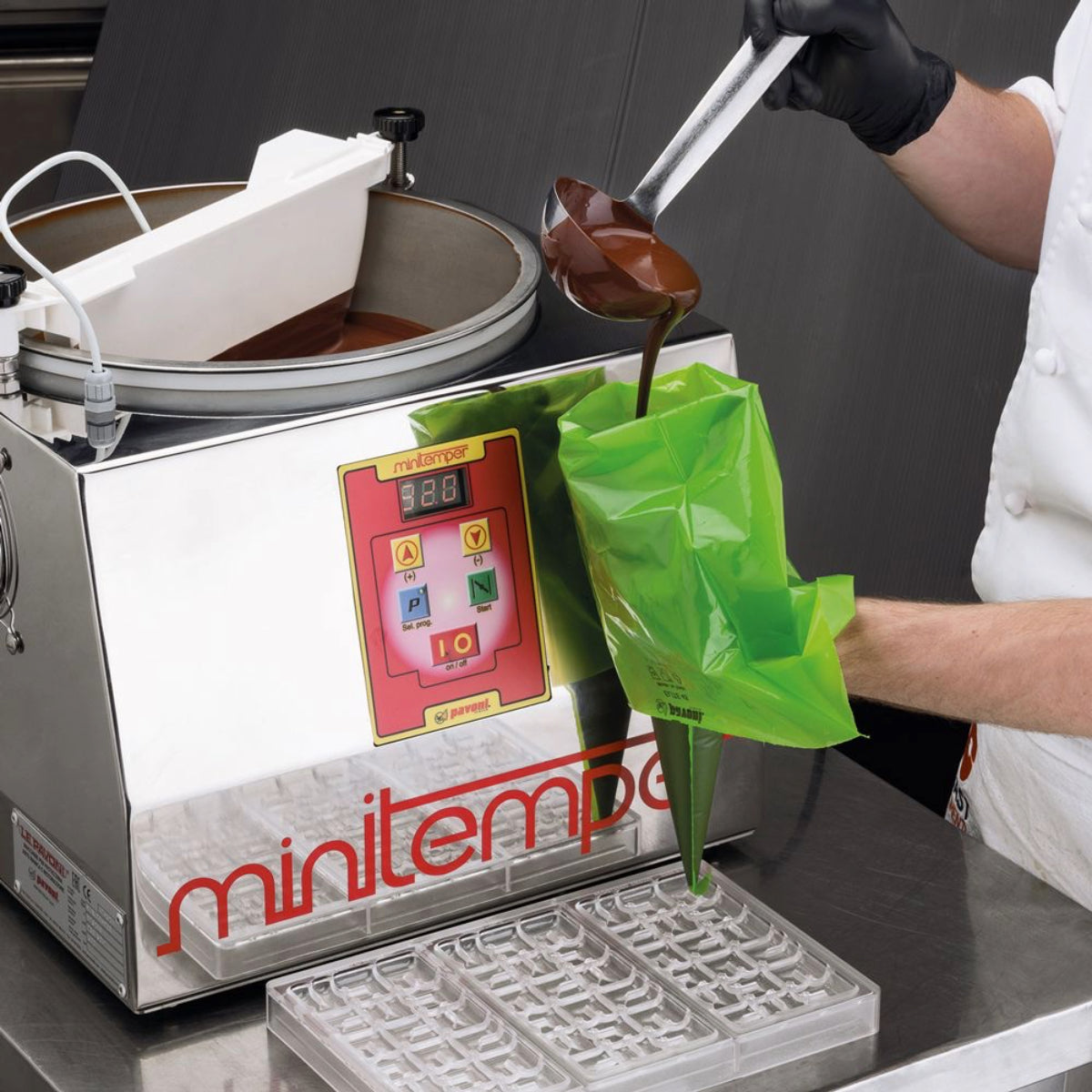







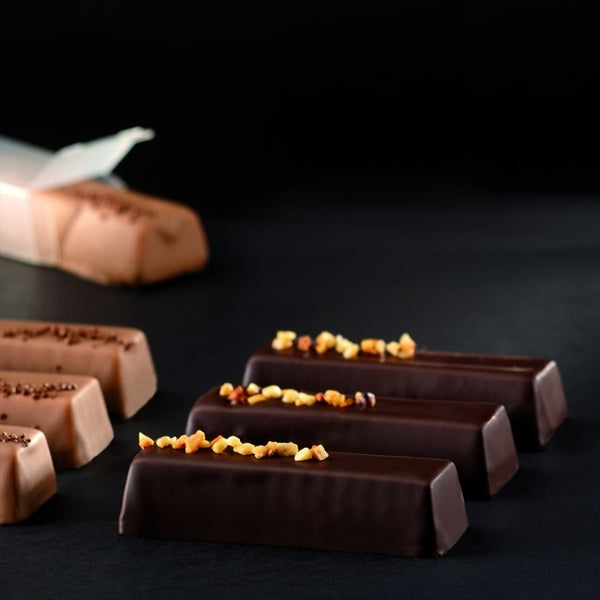
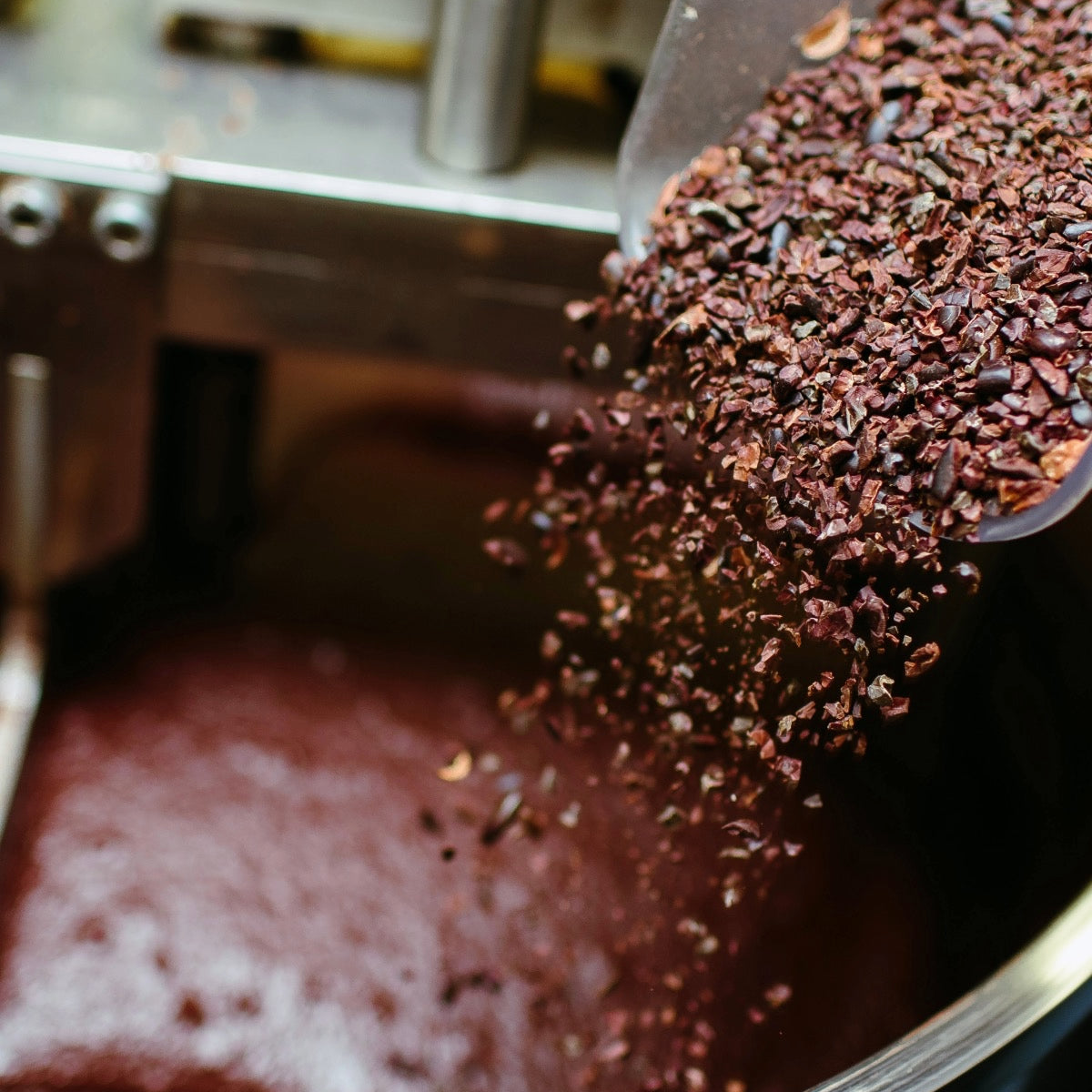


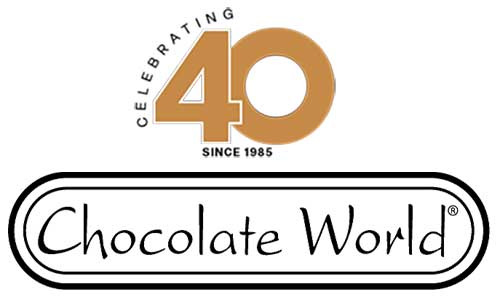

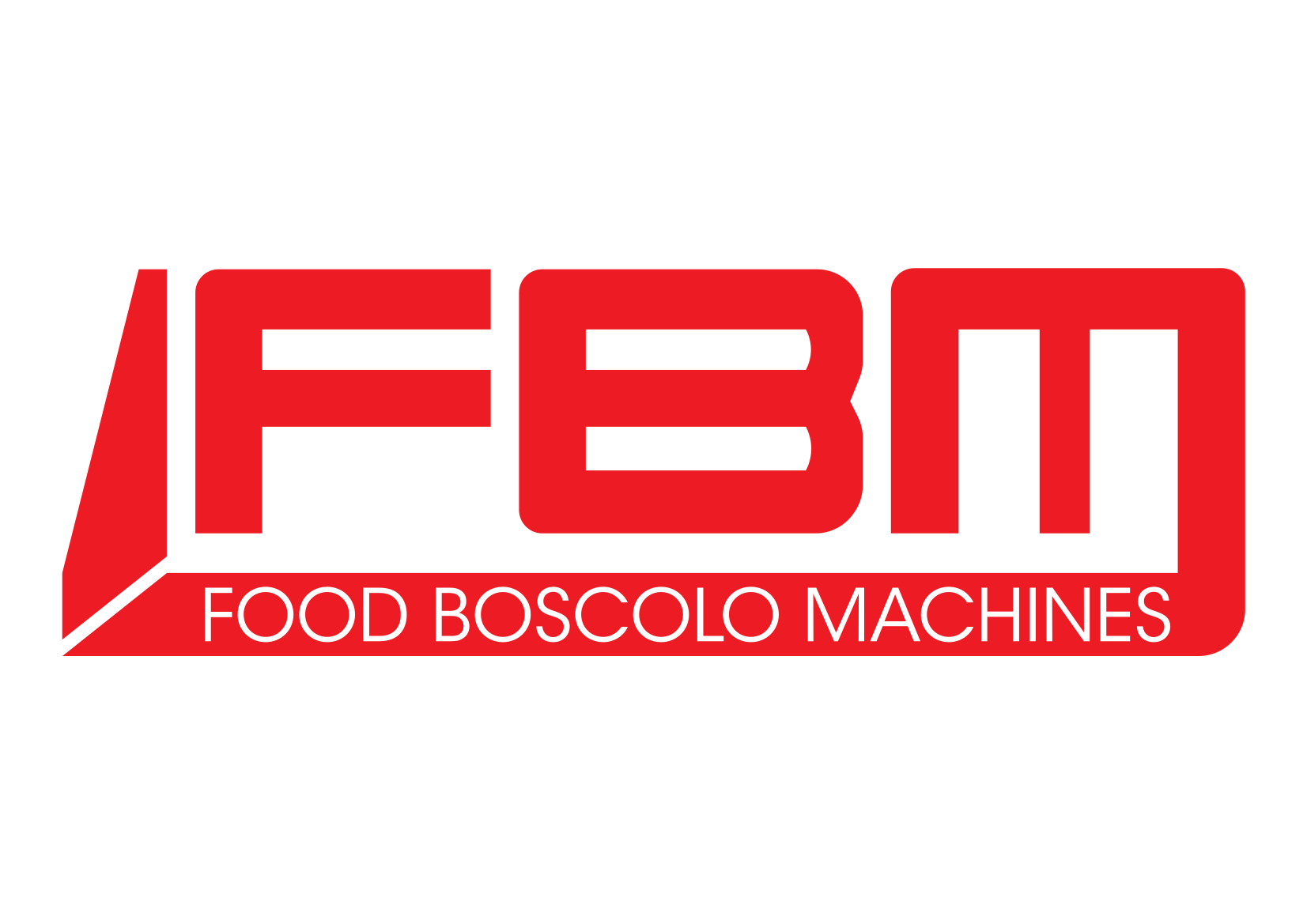
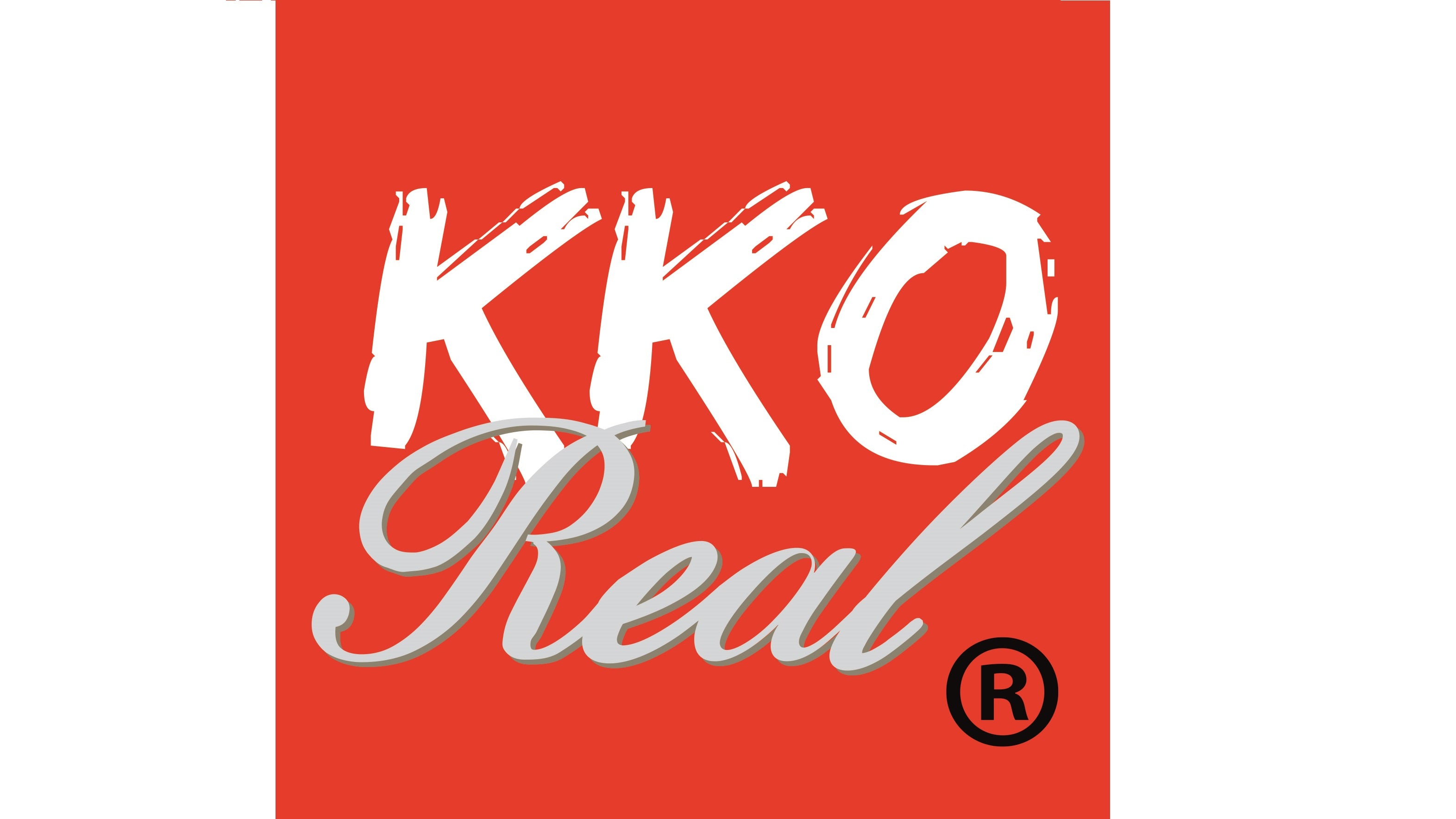


















Leave a comment
All comments are moderated before being published.
This site is protected by hCaptcha and the hCaptcha Privacy Policy and Terms of Service apply.